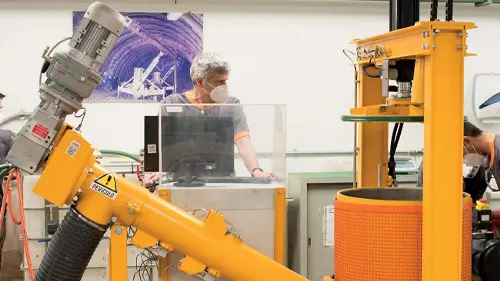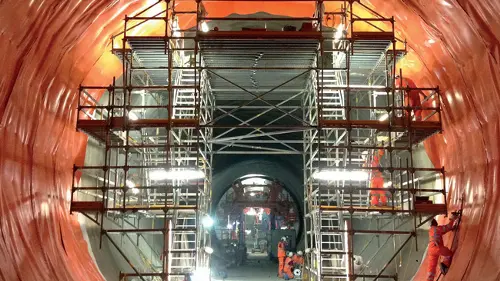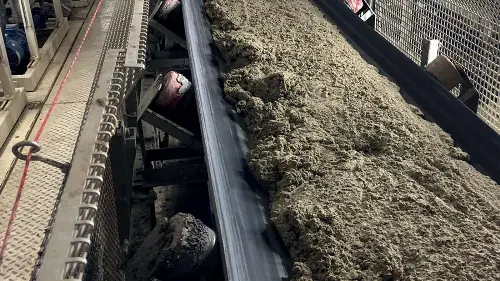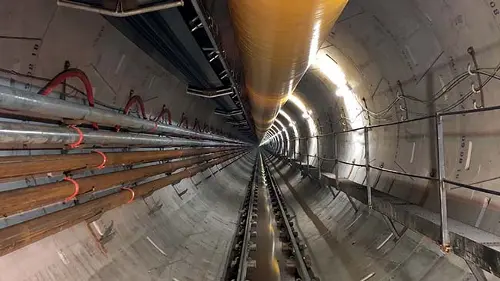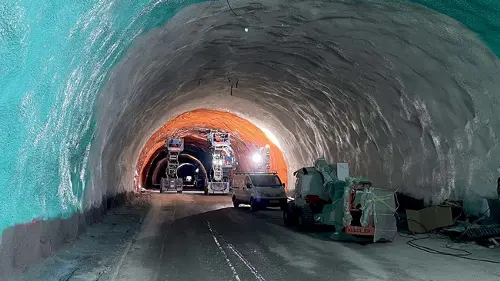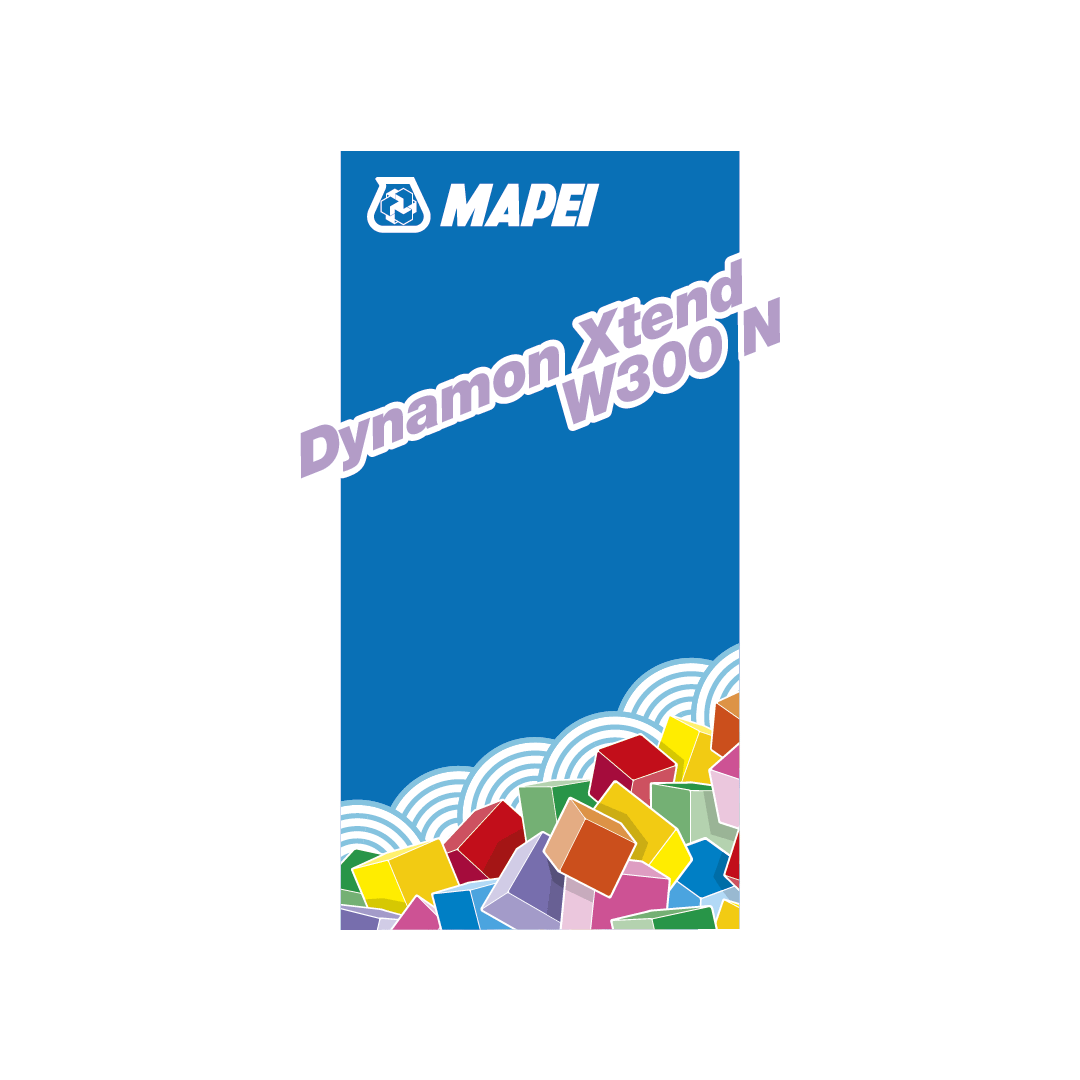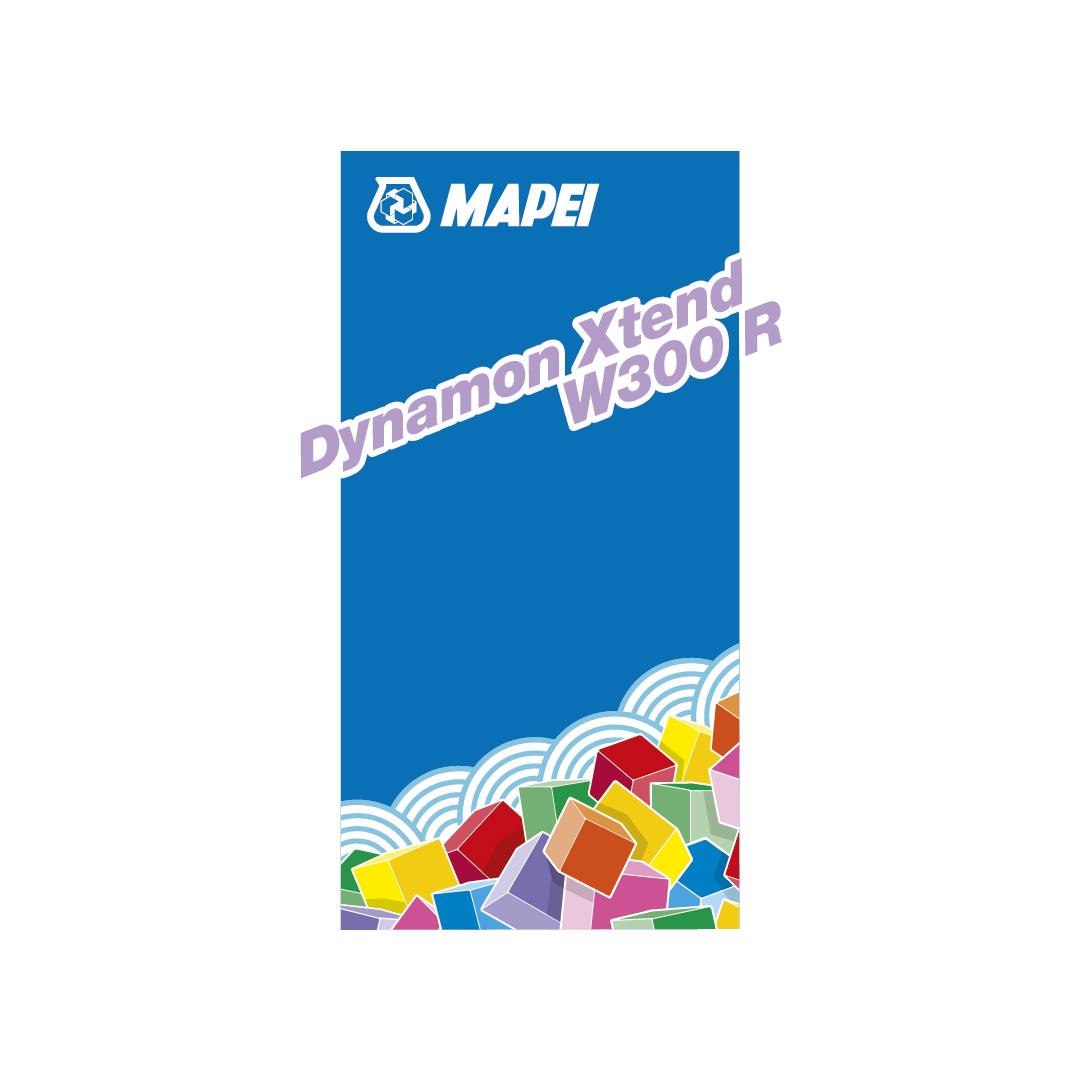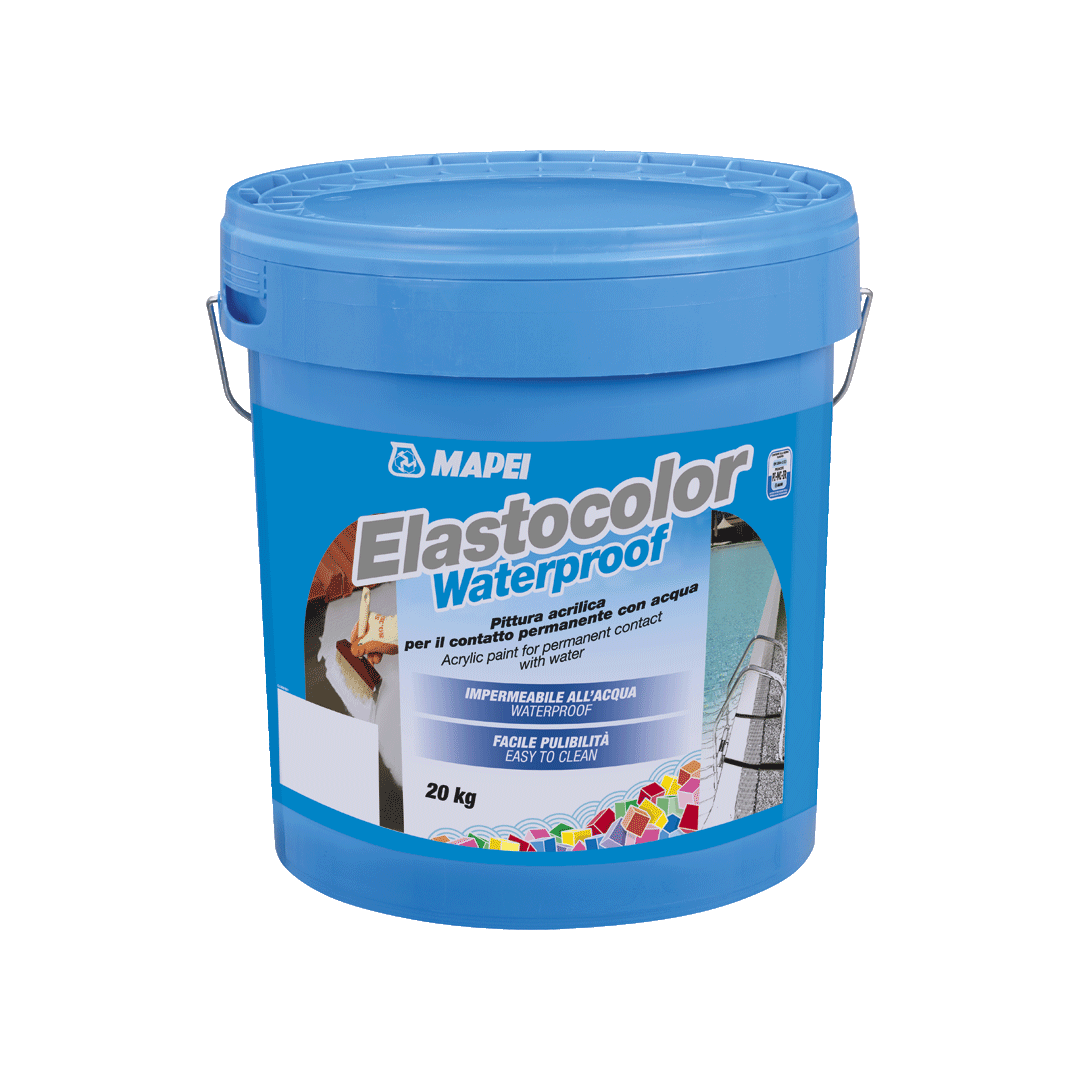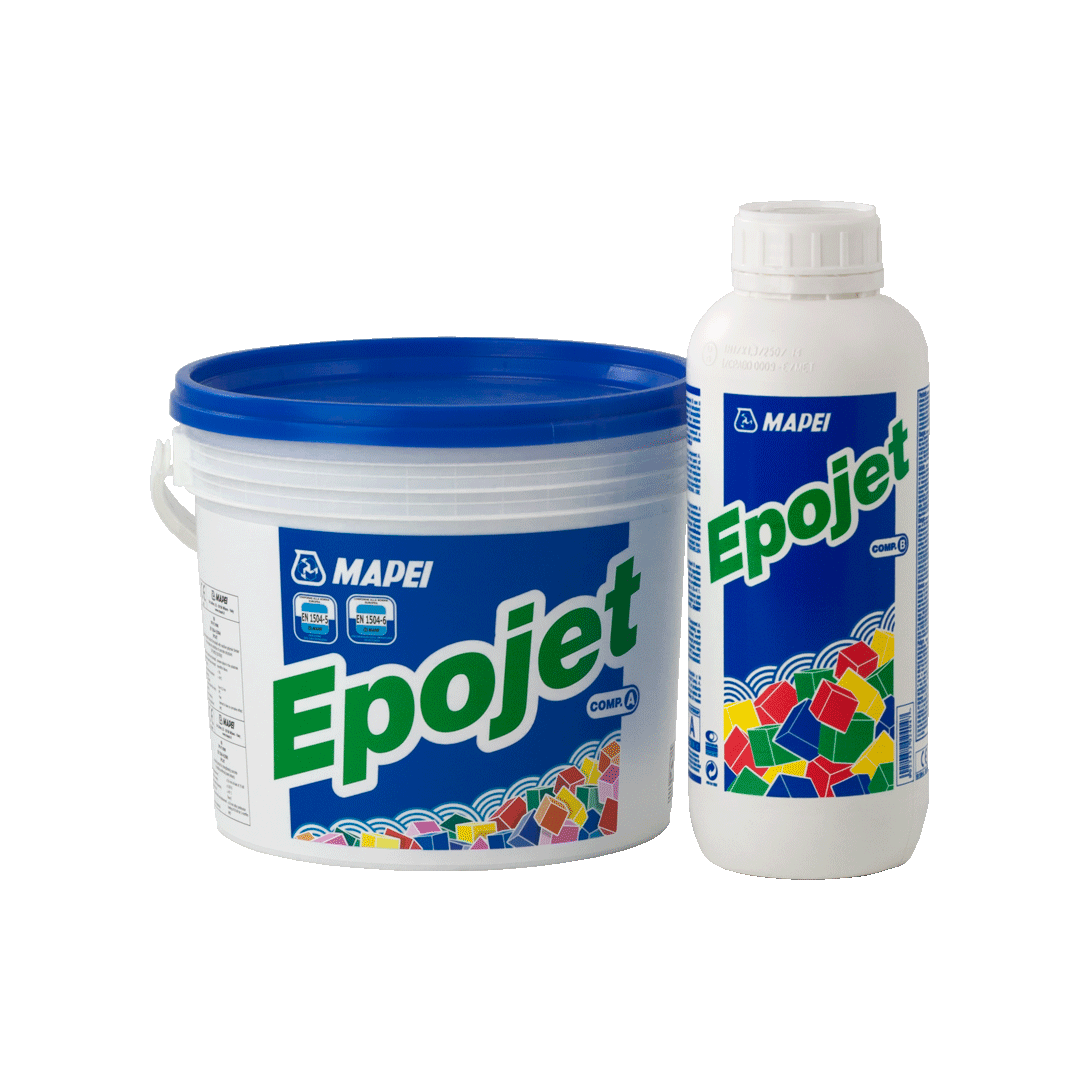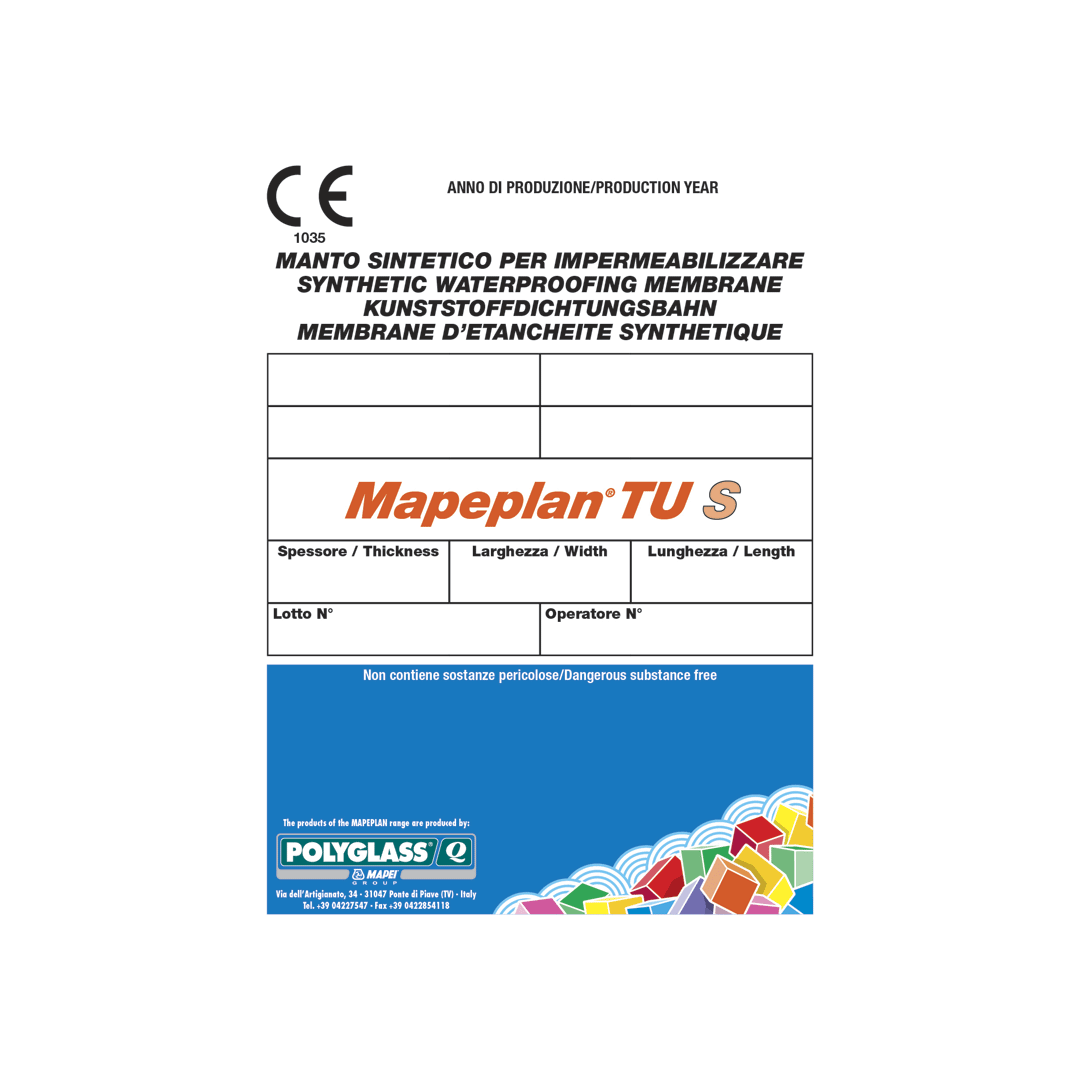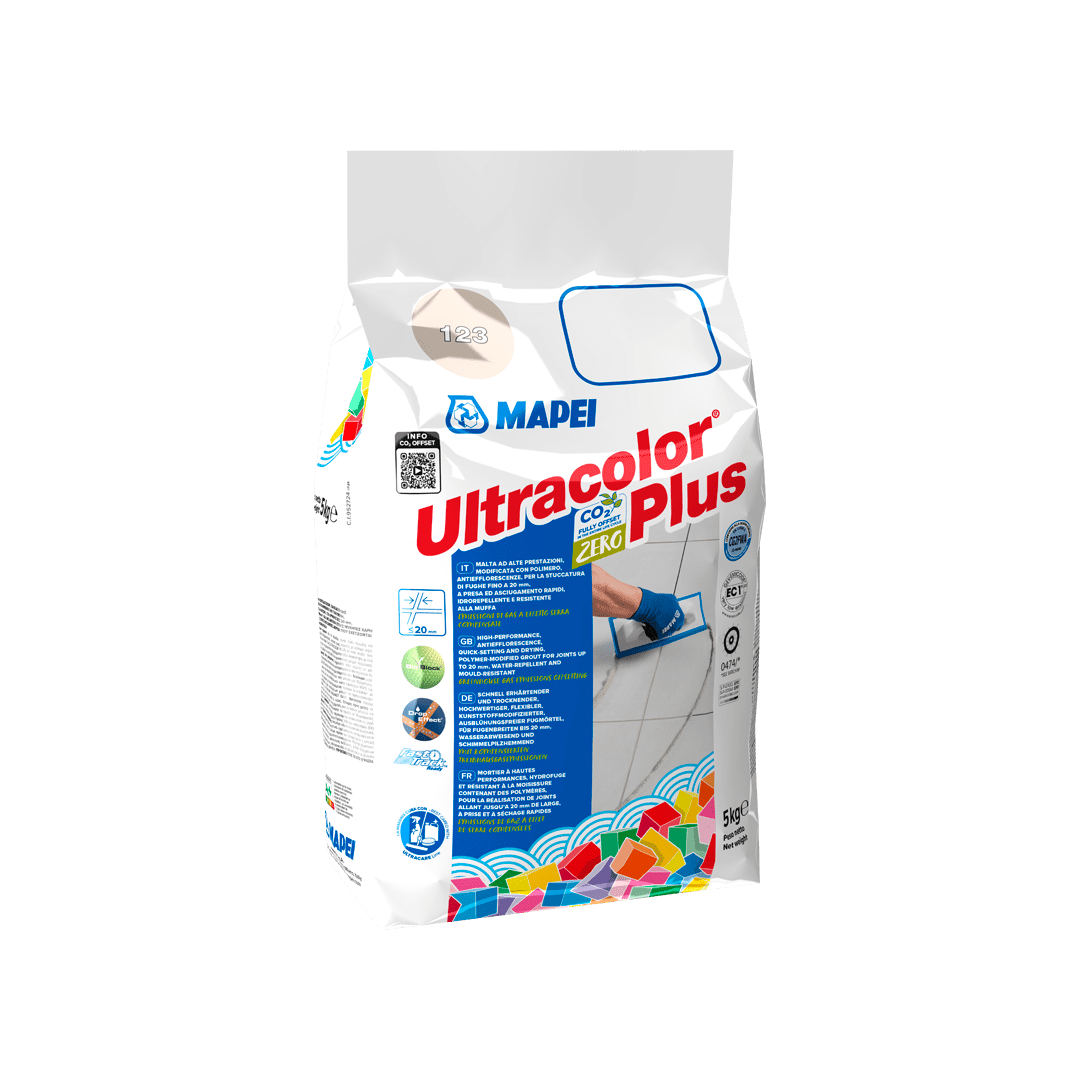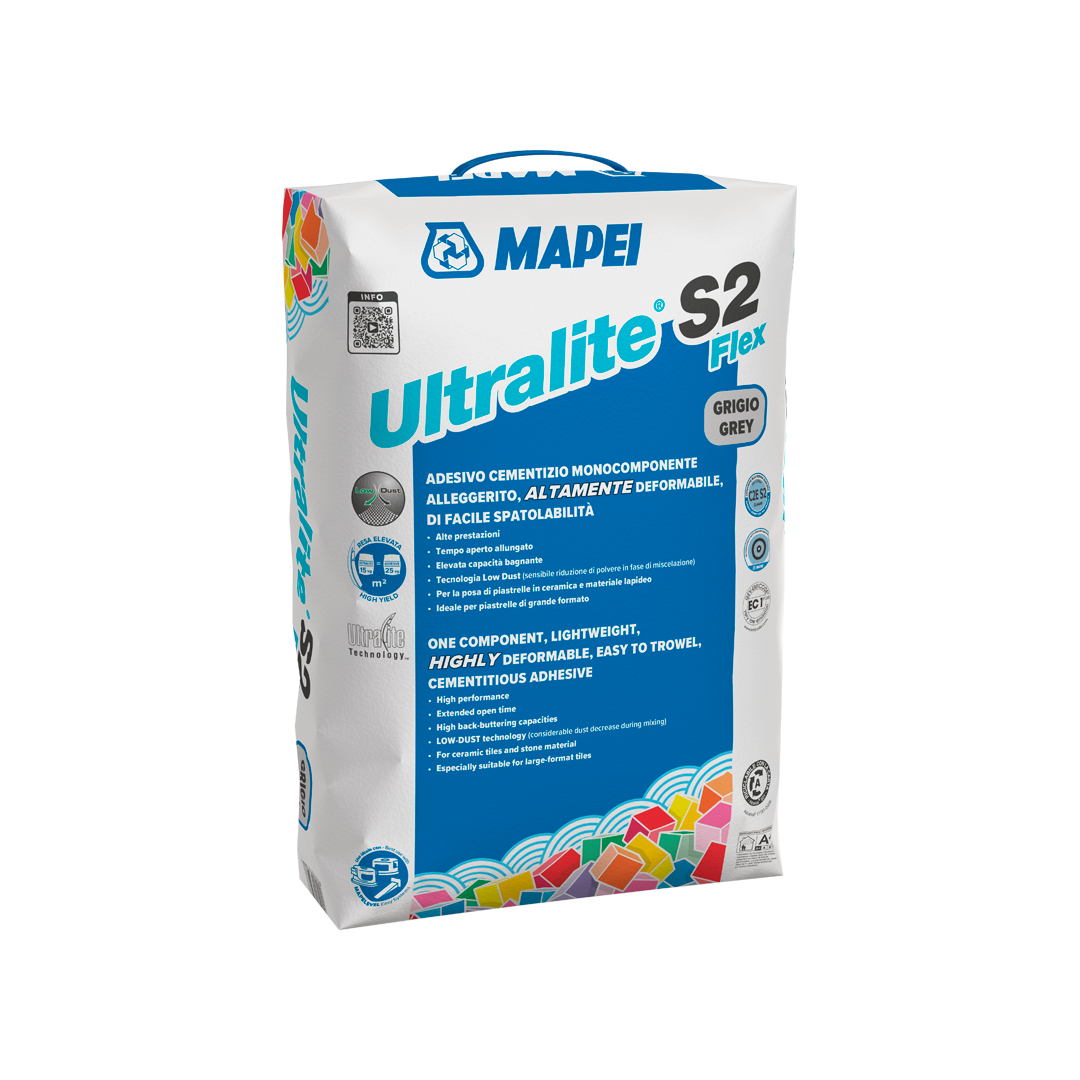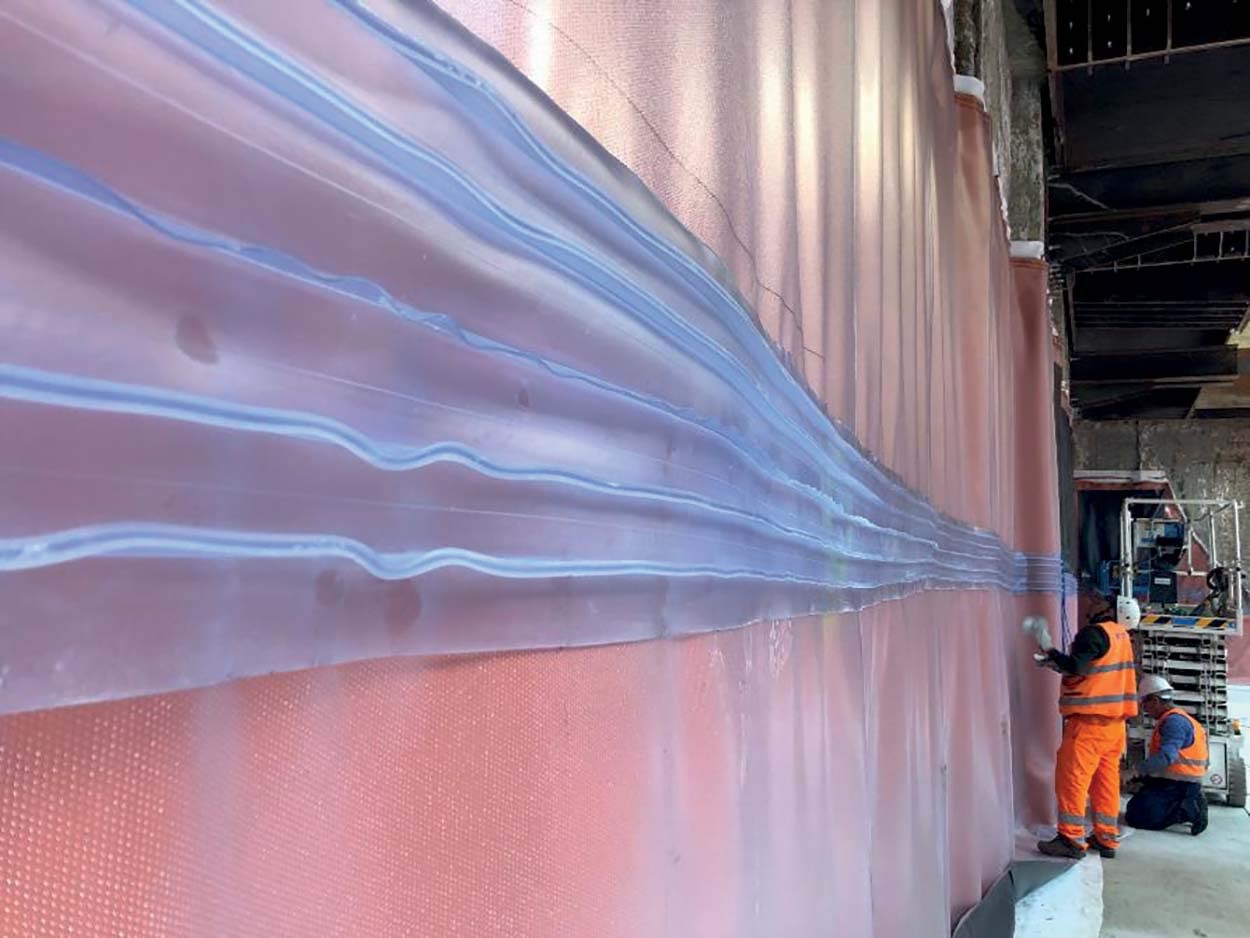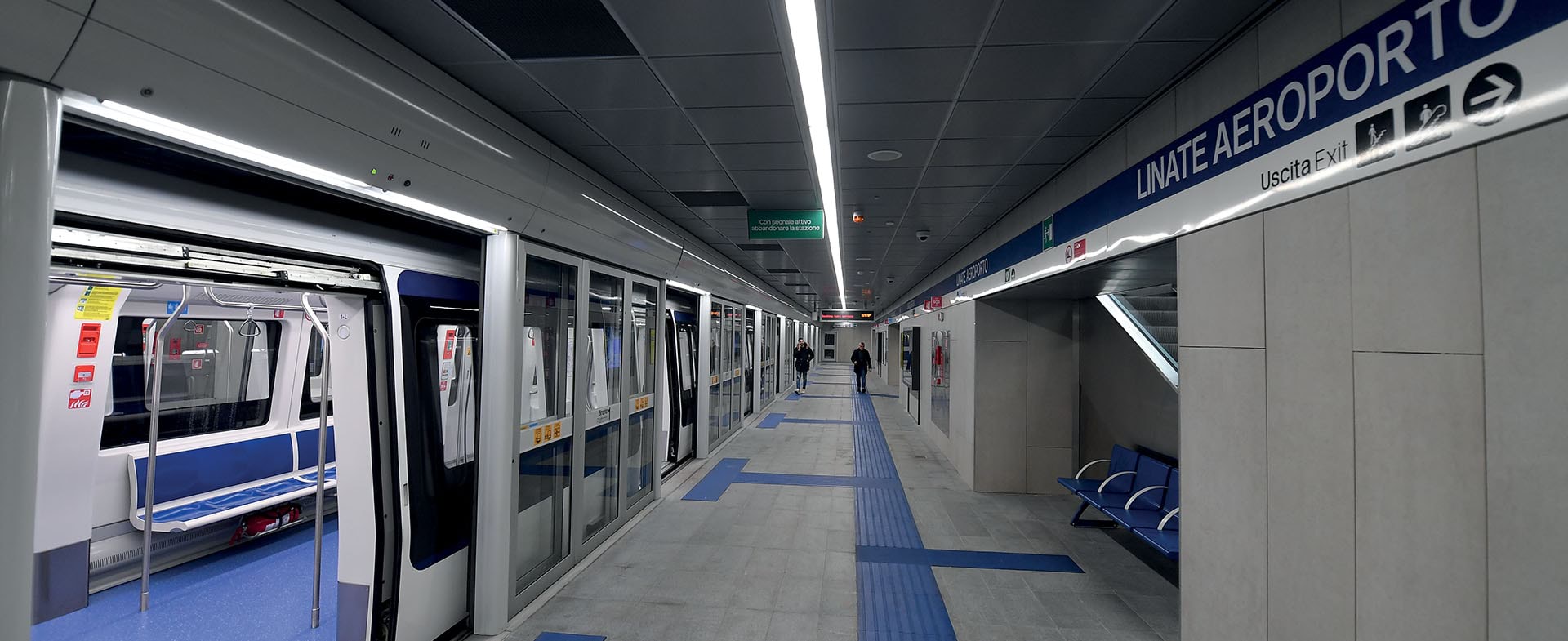
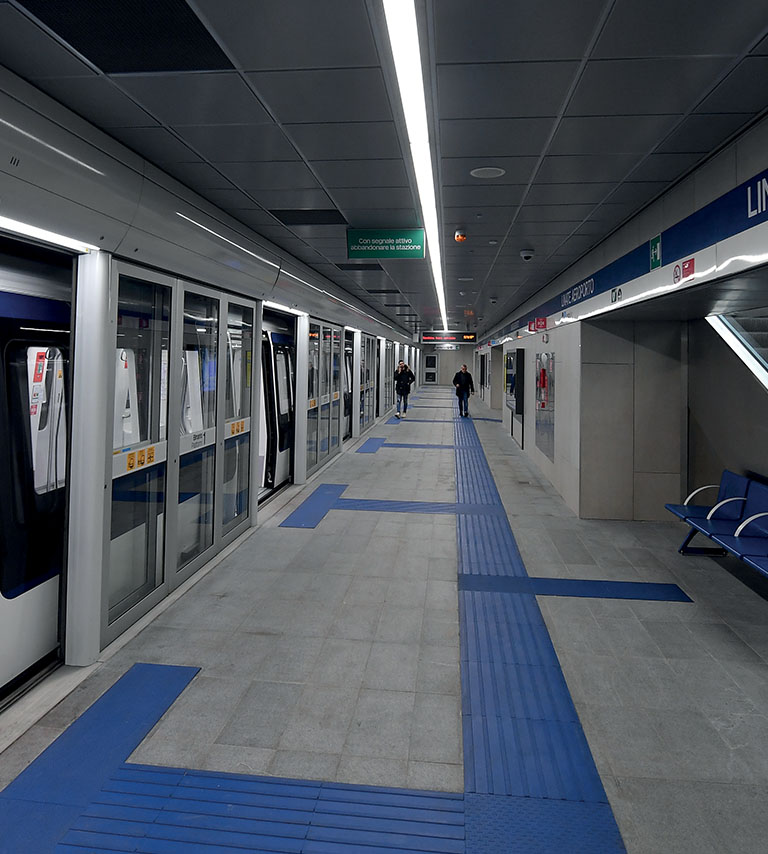
M4 Metro Line, Milan (Italy)
Admixtures for concrete, waterproofing membranes, and products to install ceramic tiles and stone materials for a new metro line focused on sustainability.
Admixtures for concrete, waterproofing membranes, and products to install ceramic tiles and stone materials for a new metro line focused on sustainability.
A new metro line for Milan
58 years after inaugurating Milan’s first underground railway line, six stations opened their doors this year on 26th November to passengers travelling on the city’s new line, the fifth in chronological order. Once completed (at the end of 2024), the M4 Line, or Blue Line, will connect the old city centre to the eastern part of the city (the Forlanini district and Linate Airport) and to other districts to the west (Lorenteggio and San Cristoforo railway station).
The new line will carry a rapid, comfortable light-railway service with the latest safety features: in fact, the automatic, driverless trains are equipped with an intelligent traffic-control system to ensure passengers enjoy their journey in complete safety.
Once completed, the line will have a capacity of 24,000 passengers every hour in each direction, thanks also to the frequency of trains that, at peak times, will pass every 90 seconds. In mobility terms, the M4 will have quite an impact on the city: with this line coming into service, the underground rail network will have a total length of 118 km, making it the sixth longest infrastructure of its kind in Europe.
A new rapid, light-railway service with driverless trains and intelligent traffic-control system opens to the public in Milan. The M4 Line will connect the old city centre to the Linate Airport and to other districts to the west.

A sustainable project
The underground rail line has zero emissions and will have a positive impact on road traffic by encouraging the use of public transport, with considerable benefits for both the environment and for those who live and work in Milan. In fact, the new M4 and M5 lines (the latter was opened between 2013 and 2015) will reduce the number of car journeys by around an estimated 30 million per year and carbon dioxide emissions by around 2%.
The M4 Line is being excavated underground along “blind” tunnels using TBM technology, apart from the “open air” excavation work for the stations, service systems and other structures. The construction phase is also heavily focused on environmental sustainability: non-polluting, non-toxic and non-hazardous products are being used to consolidate the soil and to ensure tunnelling operations advanced as scheduled.
Figures for the M4 Metro
Mapei’s contribution: admixtures for concrete
Mapei started to supply concrete admixtures for the M4 in 2013 when preparation work got underway and retaining walls were built where the ground was being excavated for the construction of the stations.
Concrete admixed with Dynamon Xtend W400R was used for this phase and made by Monvil Beton. In a following phase of the works, concrete was produced by Holcim, Colabeton and Betonrossi using the latest generation of Mapei admixtures, such as the acrylic super-plasticisers DYNAMON XTEND W300 N and DYNAMON XTEND W300 R. The same admixtures were also used in the construction of the support bases for the tracks.
Mapei is also currently supplying products to repair and restore the roads and piazzas around the stations.

Waterproofing membranes
MAPEPLAN TU S, MAPEPLAN TT D, MAPEPLAN WATERSTOP and MAPEPLAN PROTECTION synthetic membranes were used to waterproof the foundations of numerous stations
(San Cristoforo, Gelsomini, Segneri, Tolstoj, Washington Bolivar, De Amicis, Vetra, Santa Sofia and San Babila), along with POLYFOND KIT drainage system, MAPEPLAN INJECTION VALVE and IDROSTOP MULTI PVC-P re-injectable hoses.
These products are all manufactured by Polyglass SpA, a subsidiary of the Mapei Group.
Installing ceramic and stone floor and wall coverings
Before installing the stone and ceramic floorings in the stations, the screeds were repaired where required with EPOJET two-component epoxy resin. Waterproofing work was carried out using MAPELASTIC TURBO two-component cementitious mortar.
The product chosen to install the diorite paving was ADESILEX P9 EXPRESS high performance rapid-setting cementitious adhesive, while ULTRALITE S2 FLEX one-component, highly deformable, lightweight cementitious adhesive with extended open time was used to install the thin porcelain tiles on the walls. The joints were grouted with ULTRACOLOR PLUS mortar and the expansion joints were sealed with MAPESIL LM and MAPESIL AC silicone sealants, used for ceramic and stone coverings respectively.
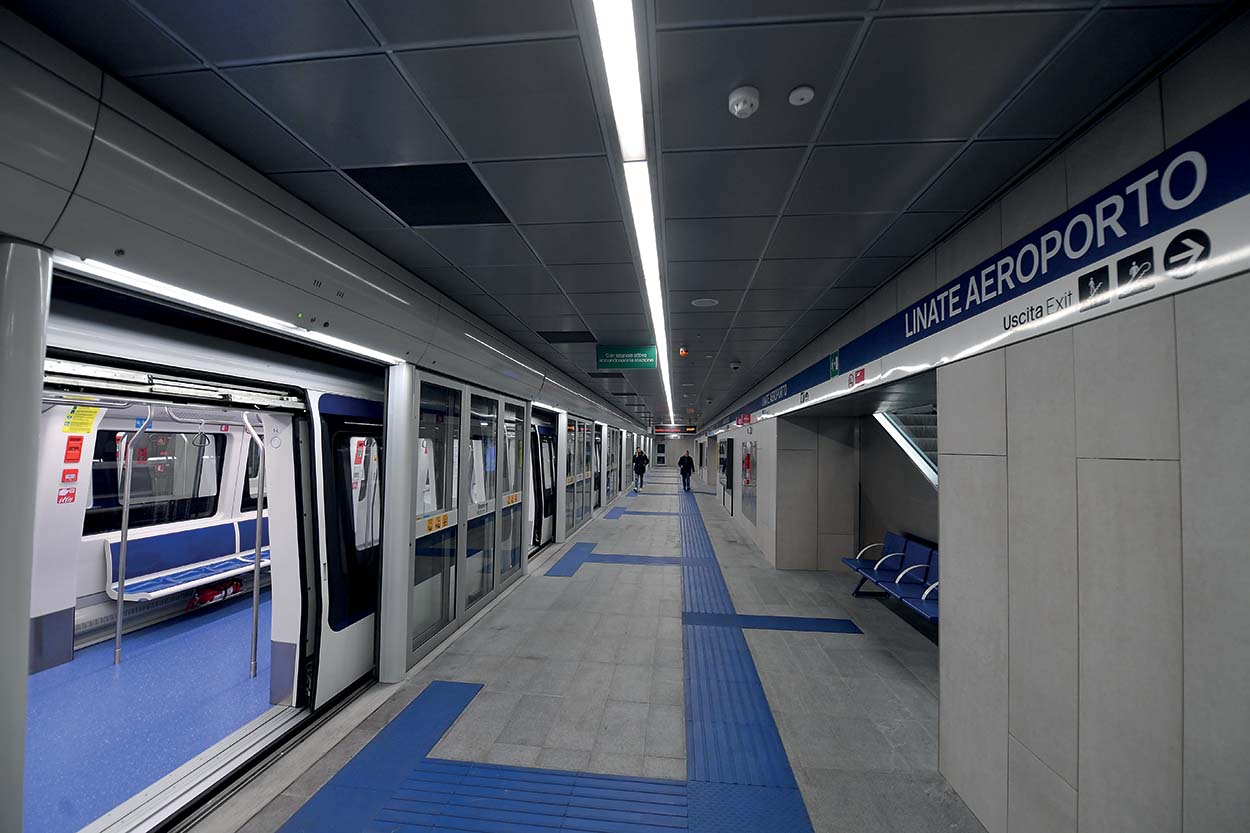
Protective finishes
The surfaces ventilation shafts located at the exits of the stations were protected with WALLGARD GRAFFITI BARRIER graffiti-resistant, reversible protective coating and painted with ELASTOCOLOR WATERPROOF easy-to-clean, waterproof acrylic paint.
Vaga’s contribution
Vaga, a subsidiary of Mapei Group, supplied HR15 high strength, fire-resistant cementitious mortar and INTO+FIBRO fiber-reinforced rendering mortar.





